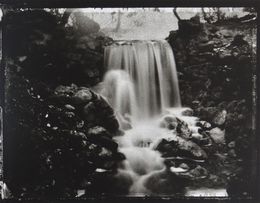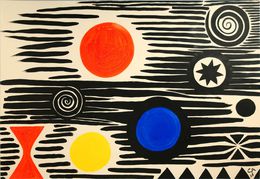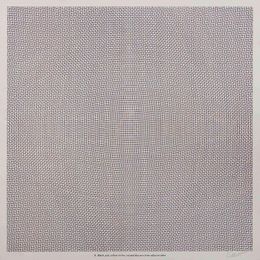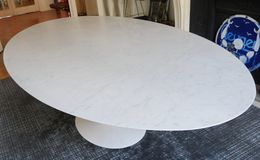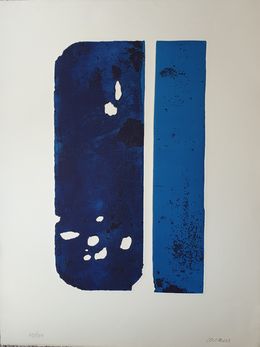
Cécile Degos: designing sets from the Pinault Collection to Christie’s
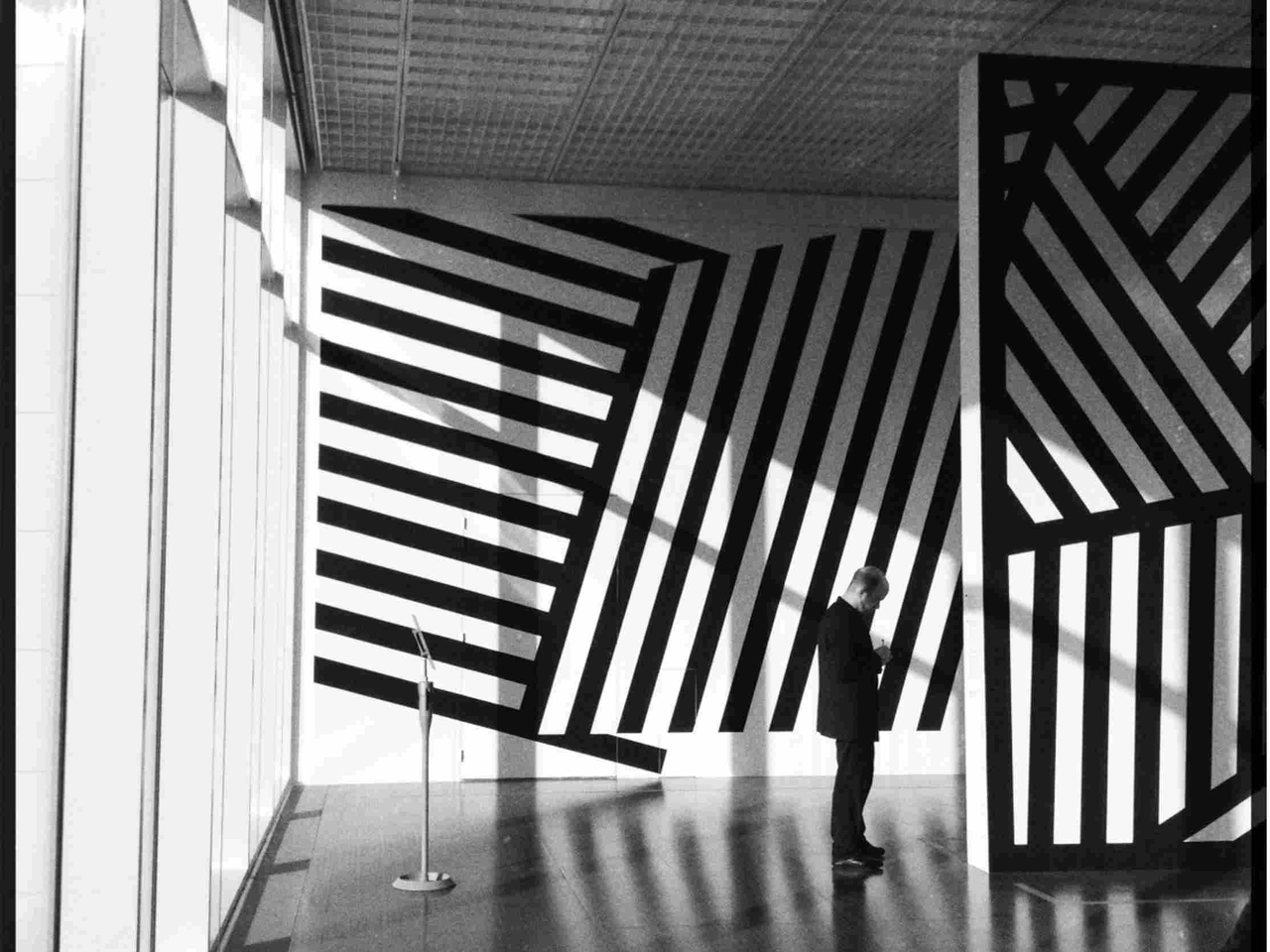
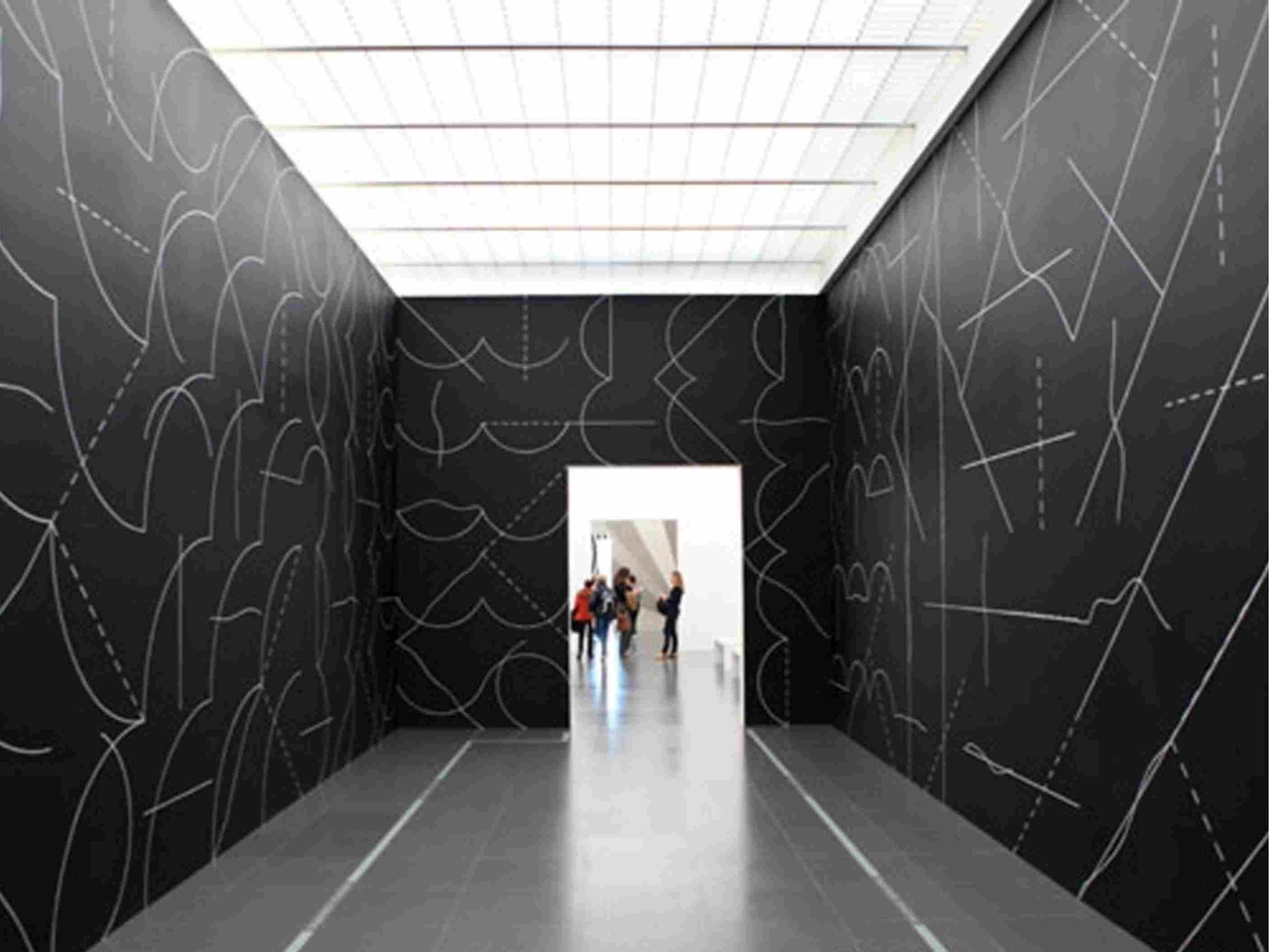
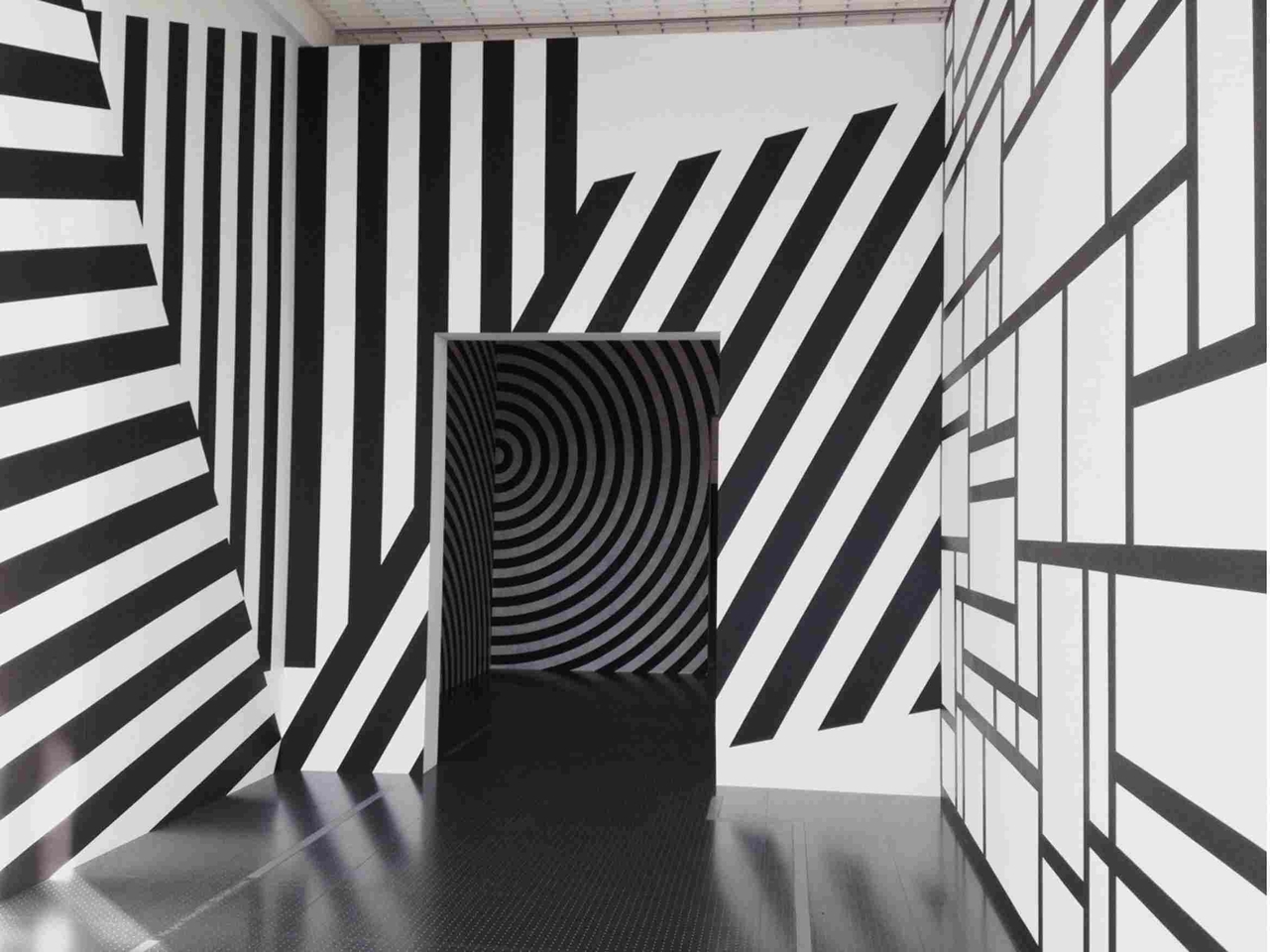
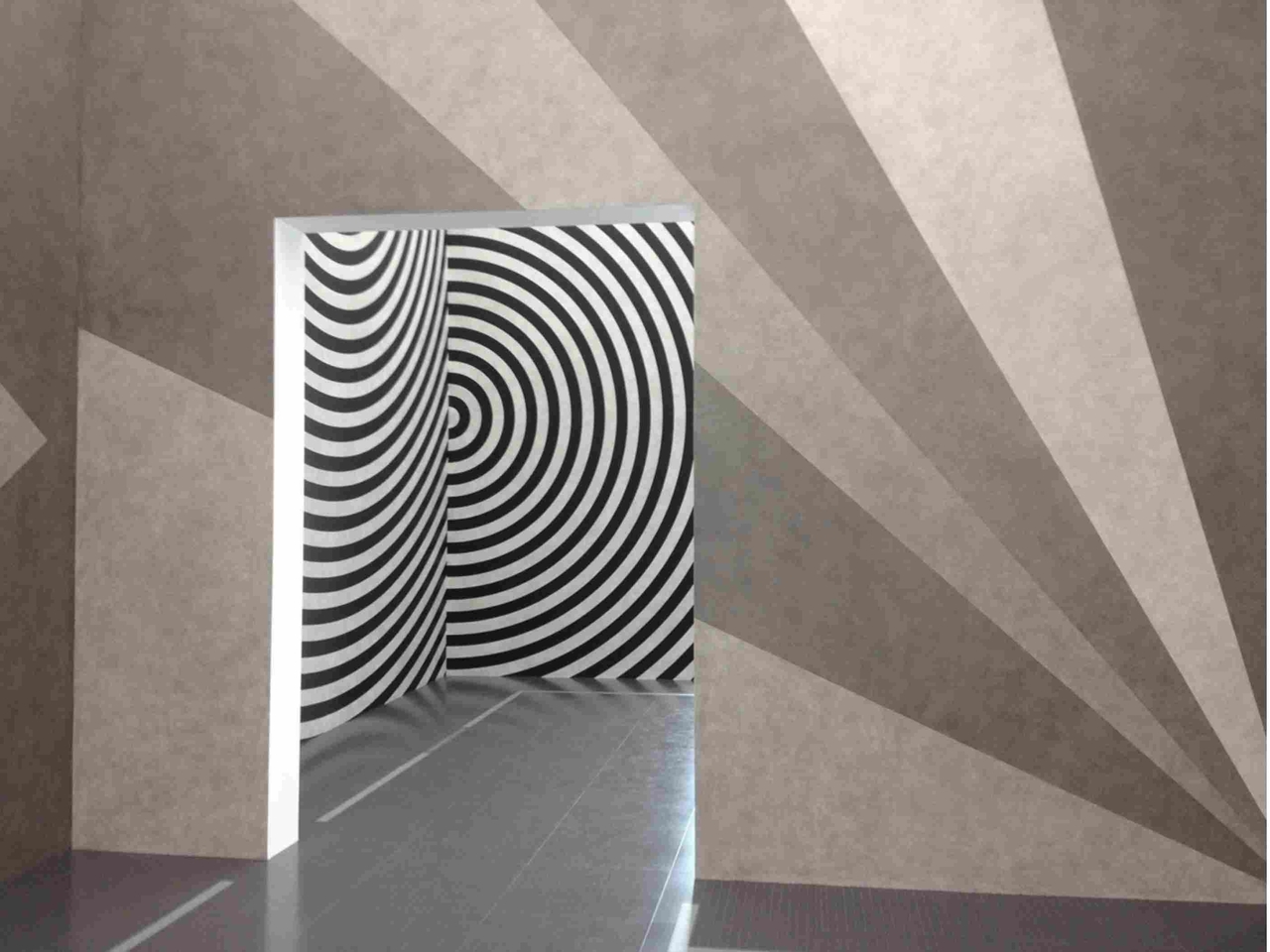
Exhibition “Sol Lewitt" by Cécile Degos at the Centre Pompidou Metz, 1994 © Alix Marnat
Meet Cécile Degos; a distinguished set designer for over 20 years, her passion for scenography developed from her early days at the Arts Décoratifs in Paris, fuelled by a sharp artistic sensibility. Through prestigious collaborations with institutions such as the Musée d'Art Moderne and the Pinault Collection, Cécile infused her unique vision with a harmonious blend of shapes, spaces and artworks. Her discreet yet powerful approach makes each exhibition an immersive experience, where the emphasis on the masterpieces prevails over any other consideration.
1. Hello Cécile Degos !Thank you for speaking with us today. Could you start by introducing yourself to our readers?
I have an artistic background, and as time went by and I encountered new people, I became a scenographer. I have been staging exhibitions in France and abroad for over 20 years. It's an all-encompassing, behind-the-scenes job that requires a sharp perception of space, the ability to anticipate the needs of curators and collectors, a talent for dialogue with various professionals to solve technical problems, and a considerable amount of self-sacrifice.
2. How did you develop your passion for set design?
I entered the Paris School of Decorative Arts the same year as my baccalaureate (even before my baccalaureate with the timing) and chose scenography to maintain a broad range of artistic subjects without specializing in graphic design or space because I needed varied experiences, discoveries and encounters. I was particularly gifted in maths and space, less so in literature, with a particular sensitivity ....and that has not changed much today. My drawing teacher Charles Auffret and my sculpture teacher Arlette Ginioux both taught me a great deal and gave me self-confidence. Then I had my first experiences in theater and opera, assisting the decorator Richard Peduzzi, and quickly moved on to exhibition scenography, which matched my artistic style.
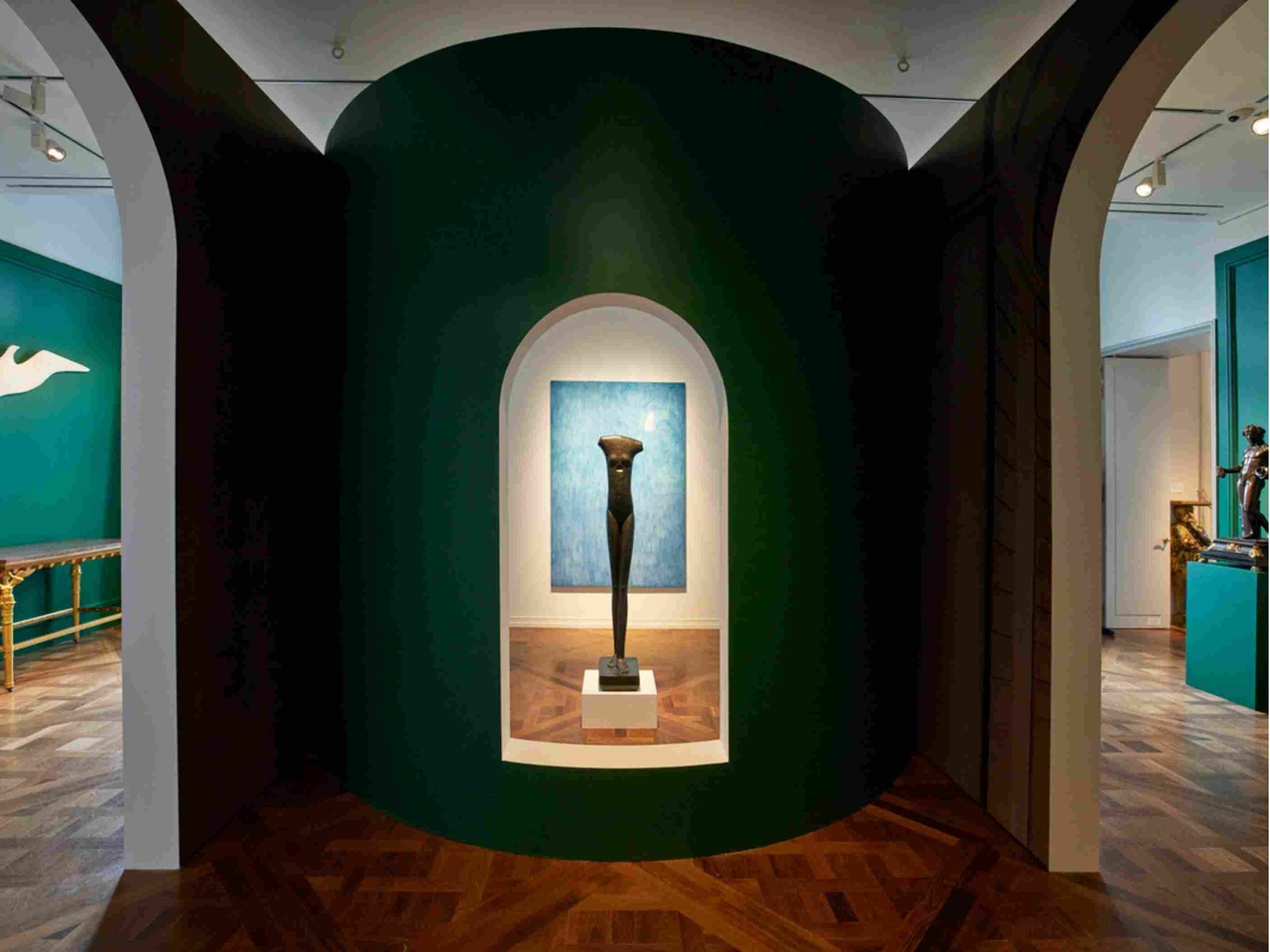
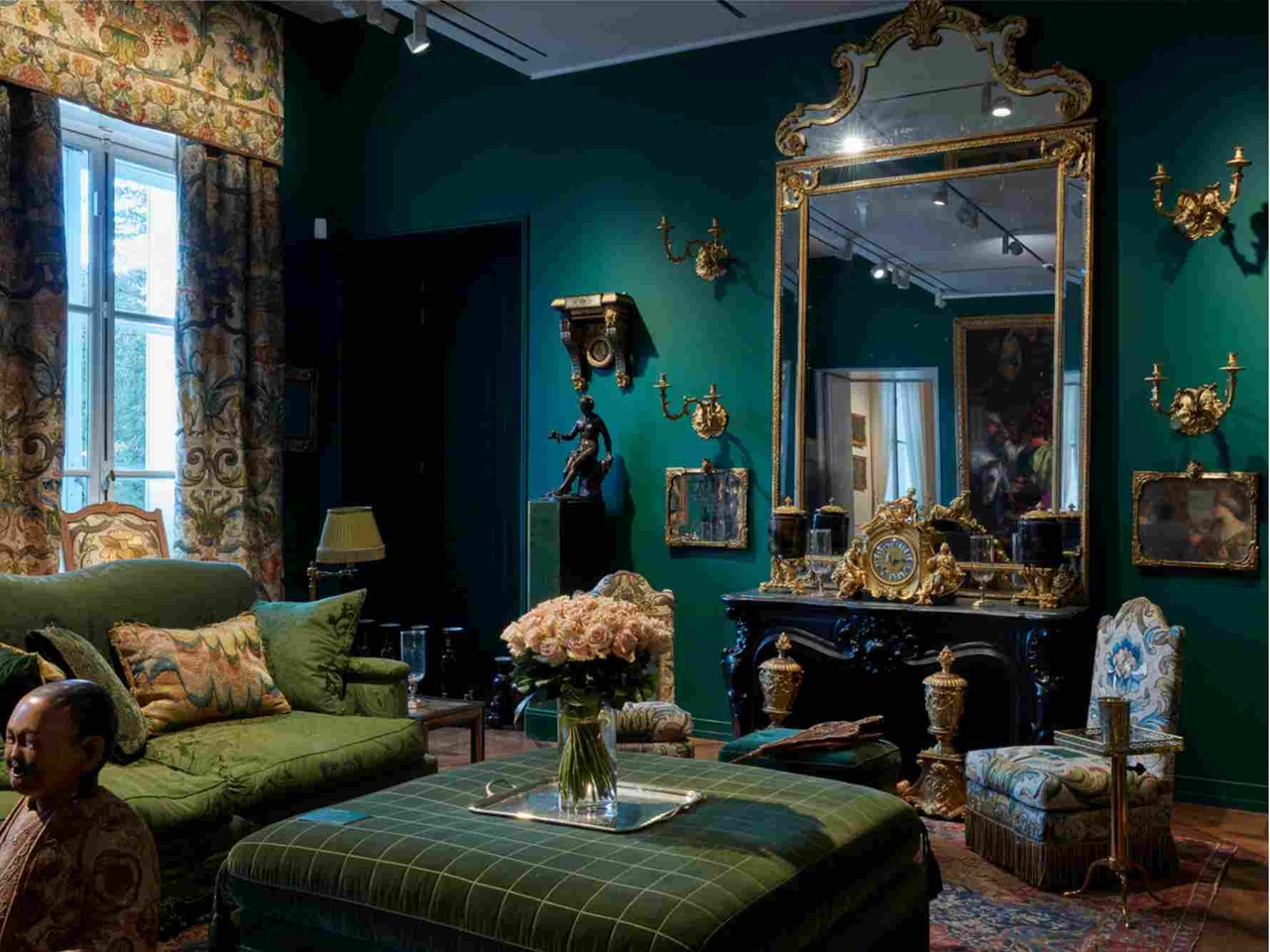
Project by Cécile Degos: Christie's, Hubert de Givenchy, 2O22 © Alix Marnat
3. What have been the highlights of your career as a set designer?
There are many, as my profession is made up of encounters with personalities from the artistic world, but not only. Each project is a new discovery, first with the works, then with the men and women on all levels. I find it very rewarding to work on the same project alongside a major collector, a director or curator and a worker. We share a common goal of showcasing the collection. It is a very rewarding teamwork.
Among my most memorable scenographies (encounters) are the following:
- Chirico (Musée d'Art Morderne)
- Sol Lewitt at the Centre Pompidou Metz
- Basquiat / HARING (Musée d'Art Morderne)
- Charles 1st at the Royal Academy in London
- Foreign Legion Museum, Aubagne
- Monaco Palace
- Christie's
- The Pinault Collection at the Paris Bourse de Commerce since its opening
- Olga Picasso at the Musée Picasso Paris and the Musée Picasso in Malaga
4. How do you approach exhibition design?
Designing an exhibition can take more or less time, depending on the project. It involves absorbing the curator's scientific discourse and the artworks to be displayed like a sponge, then figuring out the aesthetic and technical solutions to integrate them within a given space, while balancing each person's sensibilities and desires. It is the transformation of a statement and a selection of artworks into an experience, an exhibition.
It is both a medium-term job, with dozens of projects to be completed over a period of several months, and an emergency one, during the set-up phase. This is what makes it so stimulating and rewarding. From my point of view, a successful scenography is an “invisible" one, which enhances the masterpieces and scientific content without ostentation. The visitor has to believe that it has always been there and see little or no evidence of it, and especially that it should not overpower the artworks. This means that proportions, details, colors, integration within the space ... are in harmony. It is a modest profession in which you must not have ego, because visitors come to see the works but not the scenography. Most of the time, they have no idea how much work goes into designing a successful scenography, and this is for the best.

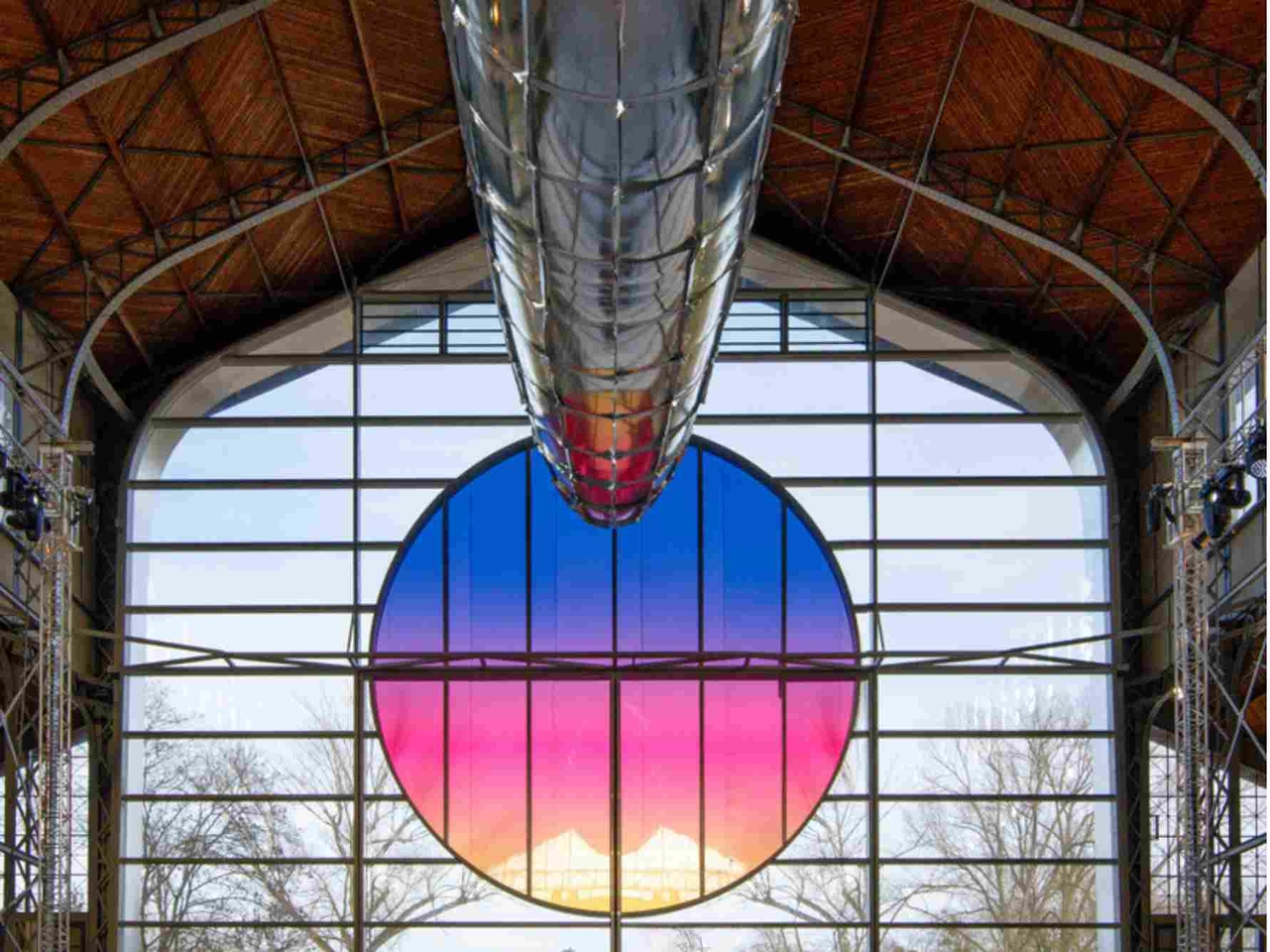
Exhibition “Taking the sun" by Cécile Degos at Hangar Y, 2023 © Alix Marnat
5. Among your collaborations with the big names in the art world (Christie's, Galerie Perrotin, Bourse du Commerce - Pinault Collection, Musée d'Art Moderne de Paris...). What has been your favorite collaboration?
They are all fulfilling! I enjoy being confronted with different places, works and people. Never doing the same thing. Not having a routine. I have a certain affinity with curves ( Mordern Art Museum and Pinault Collection). Sometimes I add a few! I also like the interplay between emptiness and completeness, opacity and transparency, and harmony.
6. What challenges do you face as a set designer?
Set design is similar to a game with the following rules:
You need :
- passionate men and women
- works of art and a scientific discourse
- safety standards and technical constraints linked to the building and the works of art
- a space that has its distinctive identity, which must be both respected and transformed at the same time
- a budget
and you have to mix all these ingredients to design a beautiful exhibition that must never be the same as its predecessor.
7. Are there any particular artistic movements or artists that inspire your design style?
In designing my scenography, I feel close to “mathematical, geometric" artists such as Sol Lewitt, minimalists and conceptualists or Tadao Ando ... while maintaining proportions as my backbone. I like pure and simple design. I dislike it when it is overloaded and suffocating.
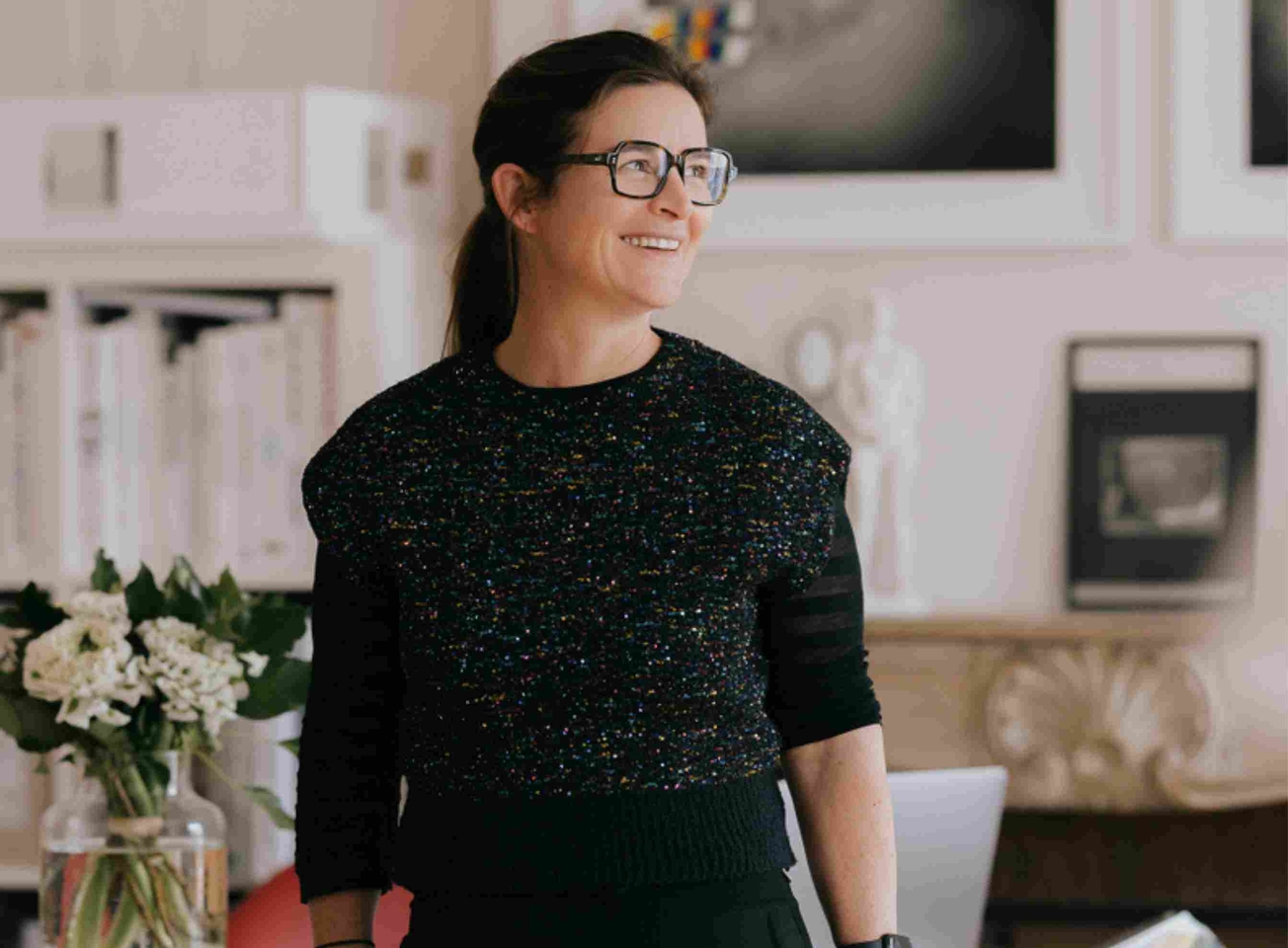
Portrait of Cécile Degos © Alix Marnat
Their favorite artworks




